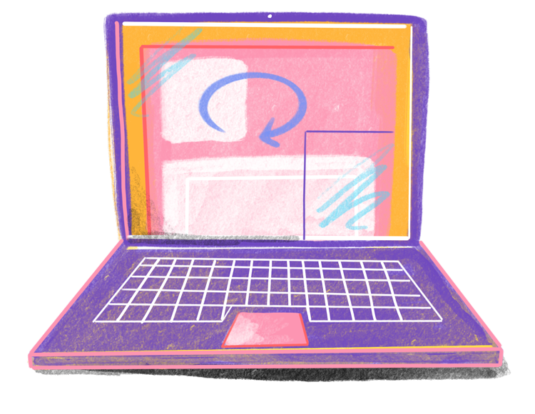Background
The nature and consequences of patient and family emotional harm stemming from preventable medical error, such as losing a loved one or surviving serious medical injury, is poorly understood. Patients and families, clinicians, social scientists, lawyers, and foundation/policy leaders were brought together to establish research priorities for this issue.
Methods
A one-day conference of diverse stakeholder groups to establish a consensus-driven research agenda focused on (1) priorities for research on the short-term and long-term emotional impact of harmful events on patients and families, (2) barriers and enablers to conducting such research, and (3) actionable steps toward better supporting harmed patients and families now.
Studies
Tackling Ambulatory Safety Risks Through Patient Engagement: What 10,000 Patients and Families Say About Safety-Related Knowledge, Behaviors, and Attitudes After Reading Visit Notes
Background: Ambulatory safety risks including delayed diagnoses or missed abnormal test results are difficult for clinicians to see, because they often occur in the space between visits. Experts advocate greater patient engagement to improve safety, but strategies are limited. Patient access to clinical notes (“OpenNotes”) may help close the safety gap between visits.
Methods: We surveyed patients and families who logged on to the patient portal and had at least one ambulatory note available in the past 12 months at two academic hospitals during June to September 2016, focusing on patient-reported effects of OpenNotes on safety knowledge, behaviors, and attitudes.
Ethical Challenges Raised by OpenNotes for Pediatric and Adolescent Patients
Sharing clinic notes online with patients and parents may yield many potential benefits to patients and providers alike, but the unprecedented transparency and accessibility to notes afforded by patient portals has also raised a number of unique ethical and legal concerns. As the movement toward transparent notes (OpenNotes) grows, clinicians and health care organizations caring for pediatric and adolescent patients wrestle with how to document confidential and sensitive information, including issues such as reproductive health, misattributed paternity, or provider and parent disagreements. With OpenNotes now reaching >21 000 000 US patients, pediatricians continue to query best portal practices. In this Ethics Rounds, we discuss 3 illustrative cases highlighting common pediatric OpenNotes concerns and provide guidance for organizations and clinicians regarding documentation practices and patient portal policies to promote patient engagement and information transparency while upholding patient and parent confidentiality and the patient- and/or parent-provider relationship.
Patients perceptions of their doctors’ notes and after‐visit summaries: A mixed methods study of patients at safety‐net clinics
Patients are increasingly offered electronic access to their doctors’ notes, and many consistently receive paper After-Visit Summaries. Specific feedback from patients about notes and summaries are lacking, particularly within safety-net settings.
Empowering informal caregivers with health information: OpenNotes as a safety strategy
Patients frequently depend on informal caregivers (e.g., family, friends, or paid workers) to assist with various aspects of medical care, such as medication administration and travel to medical appointments. OpenNotes seeks to share clinicians’ notes with patients through patient portals. Although patients frequently grant portal access to caregivers, the impact of this improved access to health information on the safety of care provided by caregivers remains unknown. Researchers sent a survey to 24,722 patients participating in OpenNotes who had at least one available visit note during the study period. The surveys were sent through the patient portal. Out of the 7058 surveys returned, 150 respondents self-identified as caregivers. Analysis of survey data revealed that access to patient notes enhanced caregiver understanding of recommended medical care including tests and referrals, reminded them about necessary testing, helped them understand results, reminded them about appointments, and improved caregiver ability to assist patients with medications. An Annual Perspective discussed the potential of health information technology to improve patient and caregiver engagement in safety.
Long-term Impacts Faced by Patients and Families after Harmful Healthcare Events
Background
Patients and families report experiencing a multitude of harms from medical errors resulting in physical, emotional, and financial hardships. Little is known about the duration and nature of these harms and the type of support needed to promote patient and family healing after such events. We sought to describe the long-term impacts (LTIs) reported by patients and family members who experienced harmful medical events 5 or more years ago.
Methods
We performed a content analysis on 32 interviews originally conducted with 72 patients or family members about their views of the factors contributing to their self-reported harmful event. Interviews selected occurred 5 or more years after the harmful event and were grouped by time since event, 5 to 9 years (22 interviews) or 10 or more years (10 interviews) for analysis. We analyzed these interviews targeting spontaneous references of ongoing impacts experienced by the participants.
OpenNotes: Sharing visit notes with patients and families
There is growing recognition that patients can participate more actively in their own care when they have access to health information. An international movement, OpenNotes, urges clinicians to share their visit notes with patients and care partners, including parents of pediatric patients. This article summarizes results of a pilot study with approximately 20,000 patients and…
A New Chapter in Patient-Centered Care: Sharing the Medical Note?
The 21st century has ushered in a distinct emphasis on patient-centered care in allopathic medicine, as manifested by the increasing implementation of patient-centered medical homes and the frequent use of patient-centeredness in guidelines, health systems, and insurance language (1–5). The overall goal of this movement is to improve communication between physicians and patients, ultimately increasing patients’ engagement in care and improving the shared decision-making process, and thereby increasing their proclivity to follow their physicians’ advice. The costs attributed to nonadherence are staggering, estimated at $290 billion for medication nonadherence alone (6). Efforts to improve this situation are clearly warranted.
Patients Contributing to Their Doctors’ Notes: Insights From Expert Interviews
Background: In a rapidly expanding practice directed toward improved communication, patient engagement, and patient safety, clinicians are increasingly inviting patients to read office visit notes on secure electronic portals. Reports from doctors and patients participating in a pilot study are strongly positive (1). However, although patient-reported outcomes indicate that reading notes is valuable, it is primarily a passive activity. As a next step, inviting patients and their families to contribute to their notes may further patient engagement and offload work from beleaguered doctors.
Objective: To solicit ideas from experts about the concept of OurNotes, an intervention in which patients and families co-produce medical notes with clinicians.
Will use of patient portals help to educate and communicate with patients with diabetes?
Chronic disease management can require daily attention, and increased levels of patient activation and engagement. We examined whether patients with diabetes perceive a greater benefit to having electronic access to their doctors’ clinic notes compared to patients without diabetes. We hypothesized that easy electronic access to these notes may help patients with self-care by improving education and communication.



